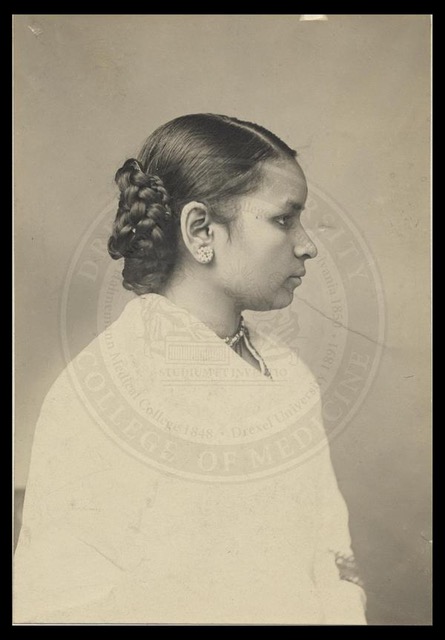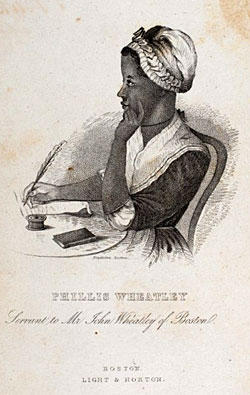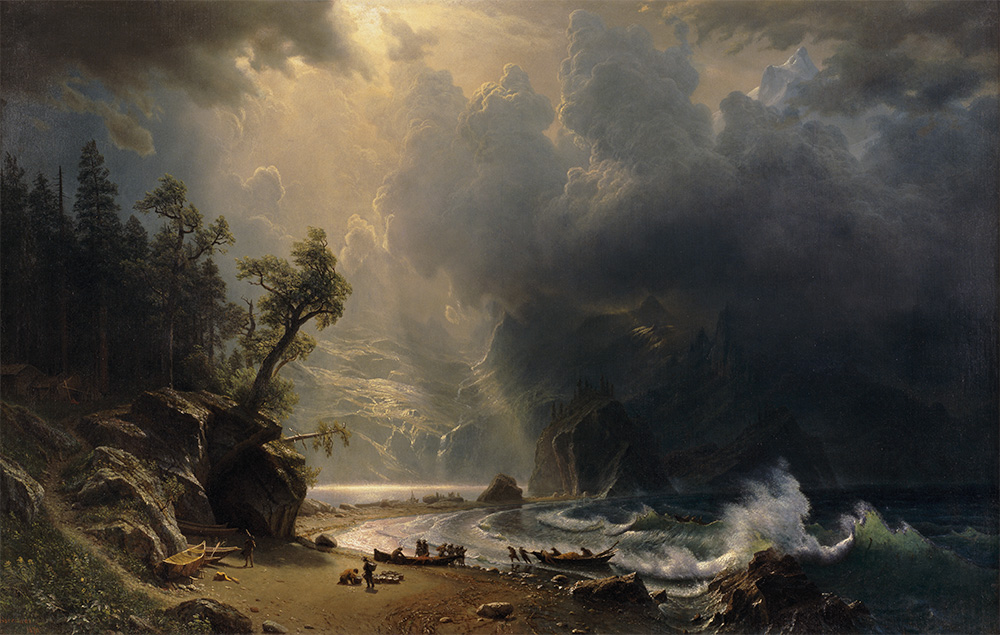Something is going on in the world of contemporary poetry—history is flooding in. Poets are pursuing history and its dilemmas head-on; they are using primary source material to flesh out social, political, and lyric imaginaries; they are ransacking the tools of historiography to provision all manner of aesthetic expeditions. Within the last ten years or so, such creative inclinations have quietly evolved into a major, and pervasive, mode of literary production. History lovers, take note: these poets’ research work is thorough and driven, their archive instincts are free-range, even feral, and their use of historical source runs from the beautiful to the bizarre.
Why are so many twenty-first-century poets weaving American history into their process and product? What are the effects of this literary-historical groundswell? The answers are forthcoming, issue by issue, here in Common-place. Each edition of this new column will present the work of a poet whose creative process is deeply engaged with historical research. We will read their poems. And the poets will also give us something new, something the literary world hasn’t asked for yet, a Statement of Poetic Research—poets’ own descriptions of history’s influences on their art, how they approach (and are altered by) research, and the new ways they hope their work brings history to readers.

















